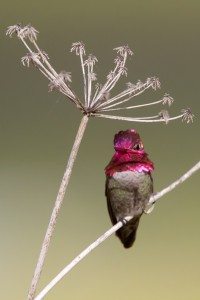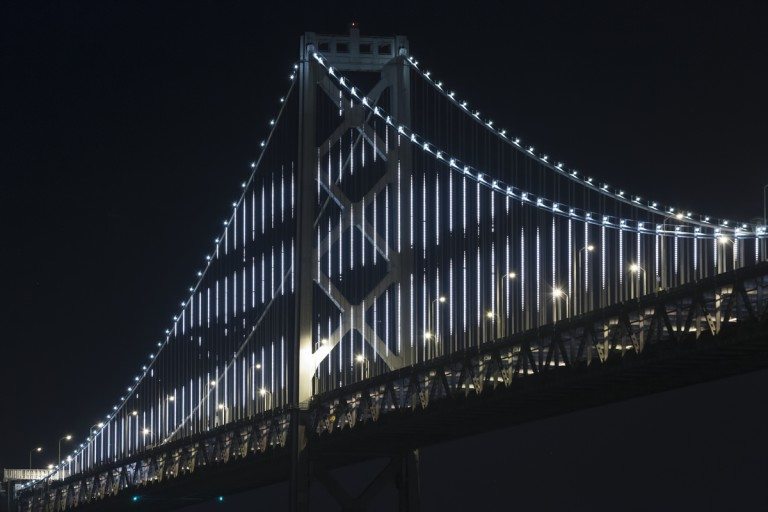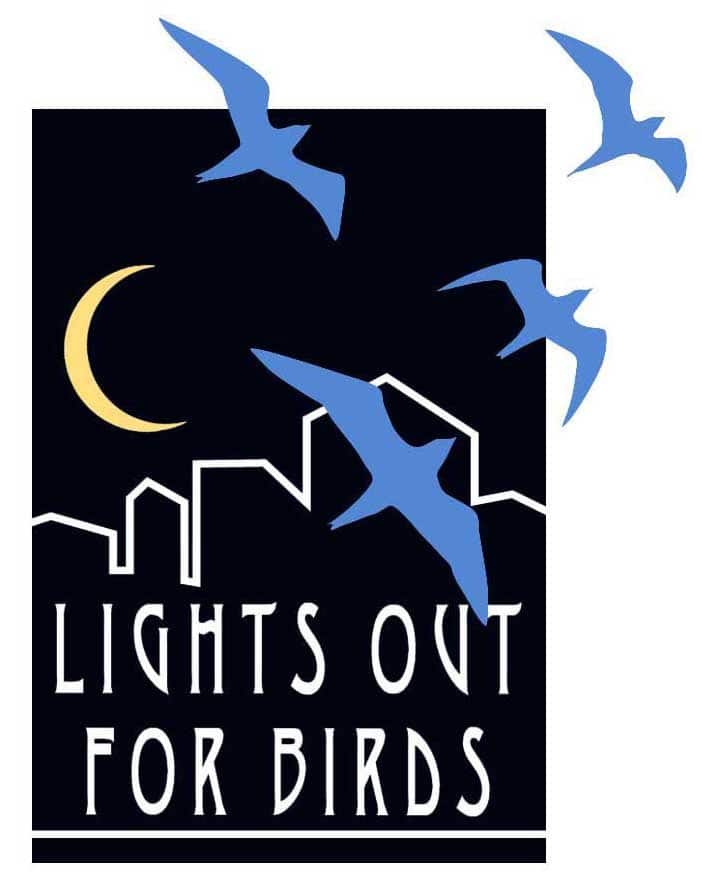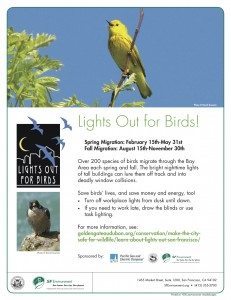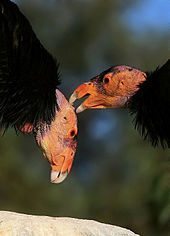Sage-Grouse leks: One of the greatest shows on Earth
Editor’s Note: Golden Gate Bird Alliance member Alan Krakauer is studying Greater Sage-Grouse behavior in Wyoming. A longer version of this post appears on his blog.
By Alan Krakauer
One of North America’s most spectacular birds is also a species that not many people have seen — the Greater Sage-Grouse.
Given the spectacular plumage of a male Sage-Grouse in display, why are these birds so hard to see? A quick look at a female Sage-Grouse tells you the girls are built for crypsis — well adapted to blending in with their environment. For most of the year male Sage-Grouse also play the hiding game, so unless scared into flight they may pass unnoticed.
Yet for a couple of months in winter and spring, males come into their traditional display grounds (called leks, from a Swedish word for “child’s play”) and put on one of the greatest shows on earth. These leks are often in fairly remote areas, and males typically attend them only in the early morning hours. Both of these reasons help explain why getting a look at this spectacle can be a bit of a challenge.
 Greater Sage-Grouse / Photo by Alan Krakauer
Greater Sage-Grouse / Photo by Alan Krakauer
The Sage-Grouse’s breeding clusters have captivated not only birders but evolutionary biologists as well. Unlike about 90 percent of birds, the males in lekking species don’t form a bond with their mate or provide any child care. Scientists are still trying to unravel some of the puzzles that leks represent:
- Why do males cluster together to display, rather than searching around for females, following females, or spacing themselves farther apart and defending larger territories like most other birds do?
- If males aren’t helping raise the kids, why are females so picky?
- What benefits do females get from choosing one male instead of another?
- And given that females often pick only a few among the many males on a lek, why do the “loser” males bother to stick around?
Lekking animals tend to be high on the charisma scale. Besides the spectacular Sage-Grouse and their cousins the Prairie Chickens and Sharp-Tailed Grouse, other lek-breeders include some of the most beautiful and acrobatic birds out there — birds of paradise, neotropical mannikins, peacocks, cock-of-the-rock, some hummingbirds, and Ruffs.
When we see a species in which males are larger or more colorful than females, we presume these differences are related to an evolutionary process called sexual selection, where one sex — often the males — competes either directly for access to females or indirectly by producing the best advertisement among the other males.…






